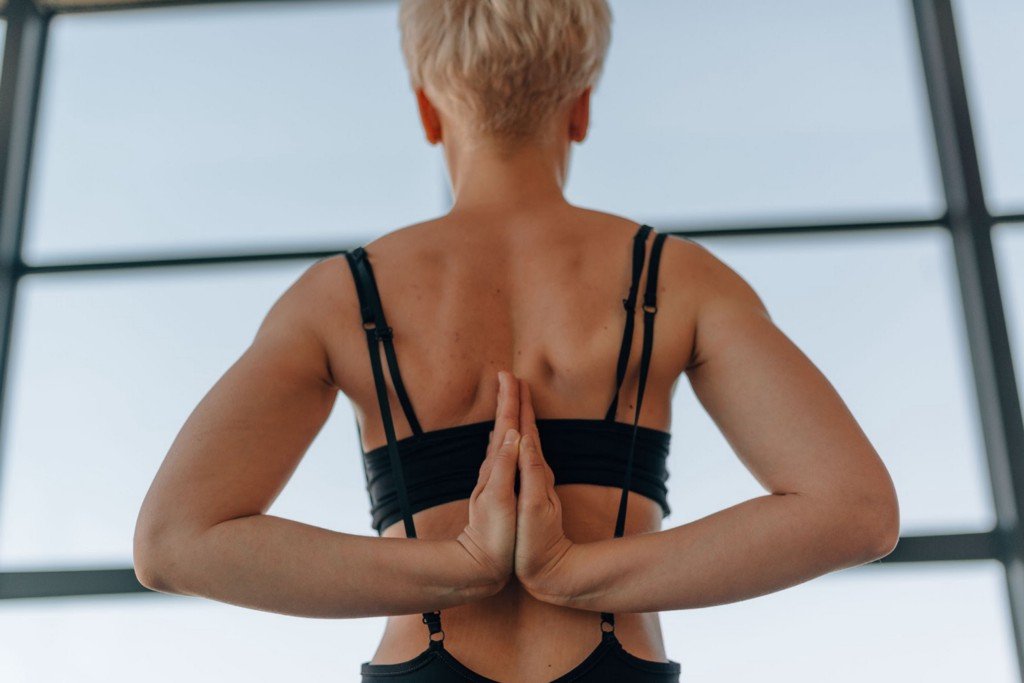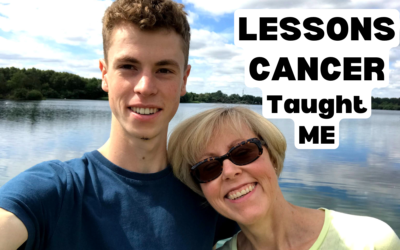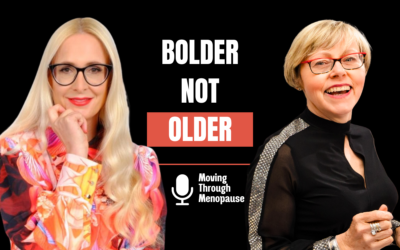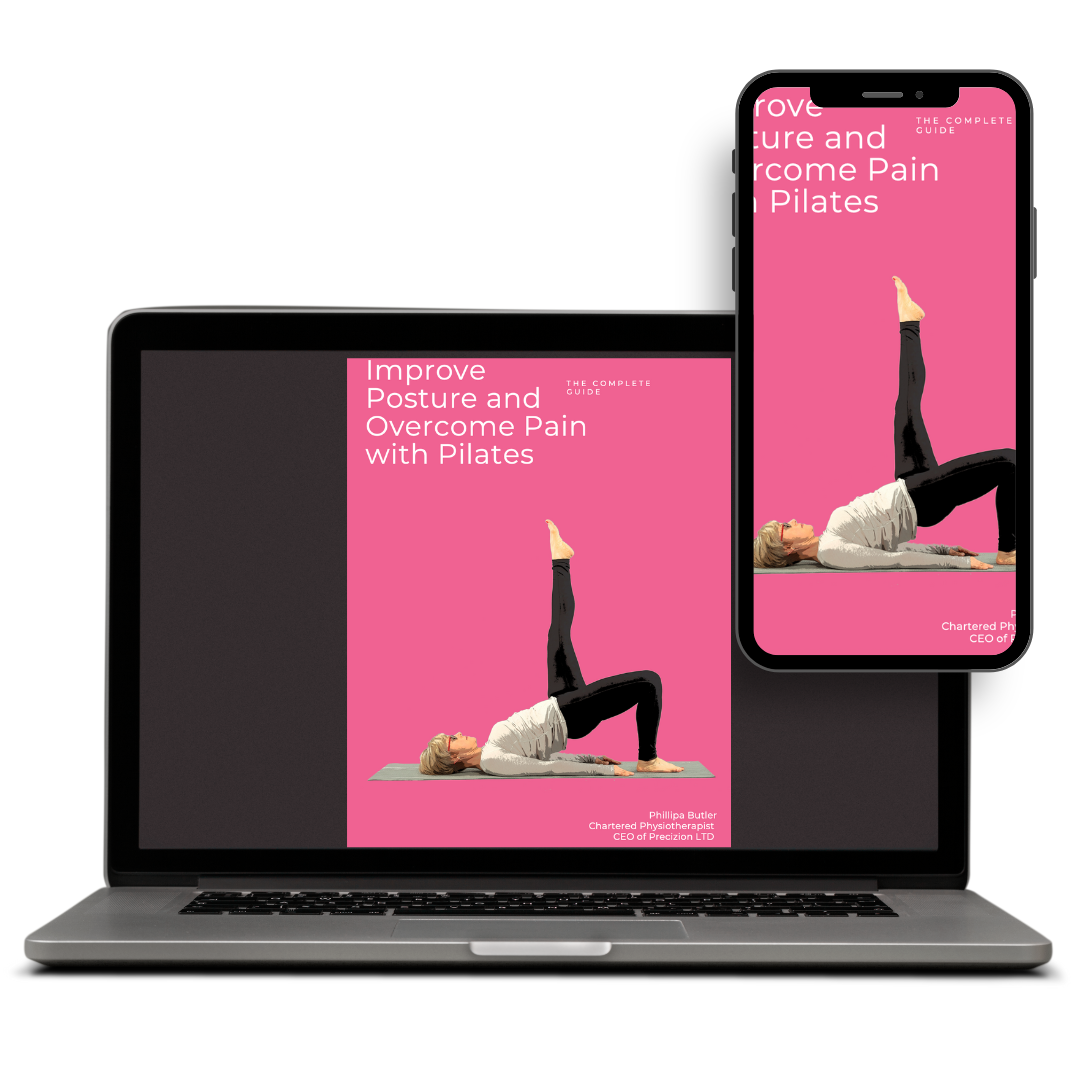The Shoulder Complex. It certainly is!
Are you curious to know what is inside you? It’s my bread and butter and even after 30+ years, I find it interesting and empowering to understand the body. The shoulder joint is vulnerable to injury due to its high degree of mobility. It moves in 3 planes; to the front, side and into rotation, and most daily activities involve a combination of 2 or more. The socket is small and shallow and it is situated on the scapula or shoulder blade. The stability of the shoulder joint is afforded by muscles; some of which attach the arm to the scapula and others which attach the scapula to the back of the ribcage.
Know your clavicles?
One end of the clavicle or collarbone is attached to the sternum (breastbone) at the sterno-clavicular (SC) joint. The SC joint supports the shoulder and is the only joint that connects the arm to the body! It is a plane synovial joint which moves in 3 planes up and down, forwards and back and into rotation.
The other end of the clavicle articulates with the Acromion on the scapula at the acromioclavicular joint, or AC joint. The AC joint allows a small degree of rotation and forwards/backwards movement. But as no muscles act directly onto the joint, all movement is passive, and is initiated by movement at the other joints.
Posture and Shoulder Pain
Shoulder impingement is a common problem affecting around 20% of people, but it is most common in those aged 45–65. Impingement occurs when structures which lie underneath the acromion, namely the tendon of supraspinatus which lifts the arm, and/or the Sub-acromial bursa (a fluid-filled sac which acts like a cushion) become ‘squashed’ temporarily. This can cause inflammation and swelling, thus making impingement more likely and so on.
Improve your posture with our free ebook
What makes impingement a feature of middle life?
The factors which could predispose a person to experience a reduction in subacromial space whilst lifting the arm include age, and genetics which we have no control over. However modifiable factors include muscle extensibility, strength, efficiency of movement and posture. There is strong evidence that supervised rehabilitation decreases pain in the shoulder and increases function. I rest my case. reference

Work at a desk? Top Tip
What I love about Pilates is that we nurture the mind-body connection so that we have the ability to position the body precisely. What difference does this make? Well, a lot! The alignment of one part has a knock-on effect on another part of the body, and this can work both ways!
Does it really matter? Yes, I think it does! An improved awareness of the positioning of the shoulder girdle; scapula and clavicle for instance will bring the socket of the shoulder joint into a position which ultimately allows the shoulder to move more freely and brings the head and neck into the improved alignment. When we put our body into the optimal alignment for function things are less likely to go wrong and we are less likely to suffer pain and injury. So what have you got to lose? Try Pilates today for a life-enhancing movement experience.
Join Phillipa for a Tour of your Shoulder Joint












